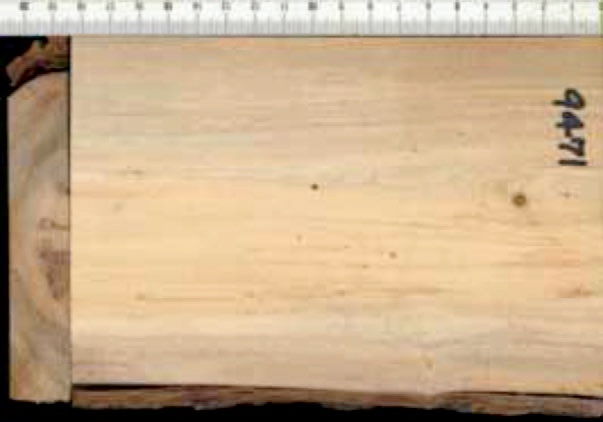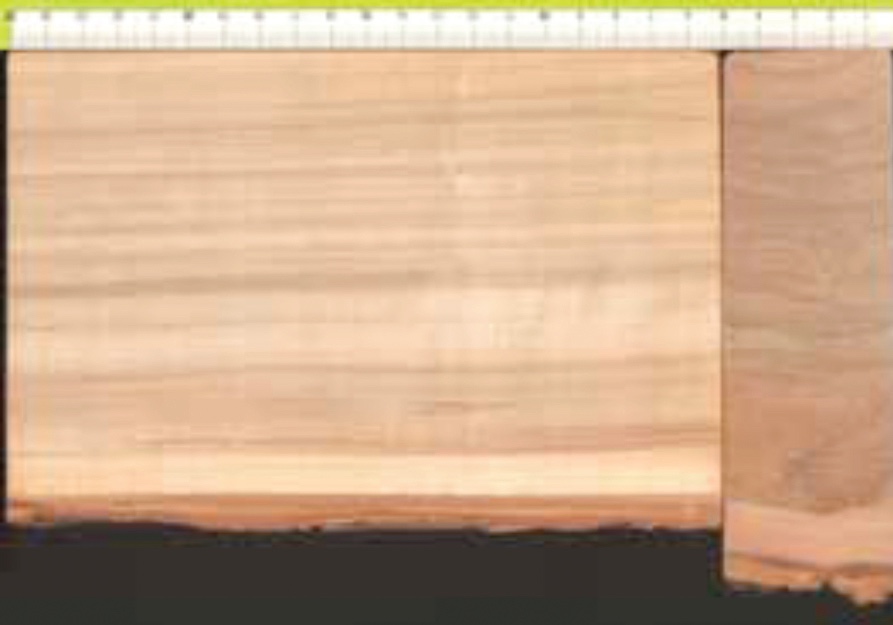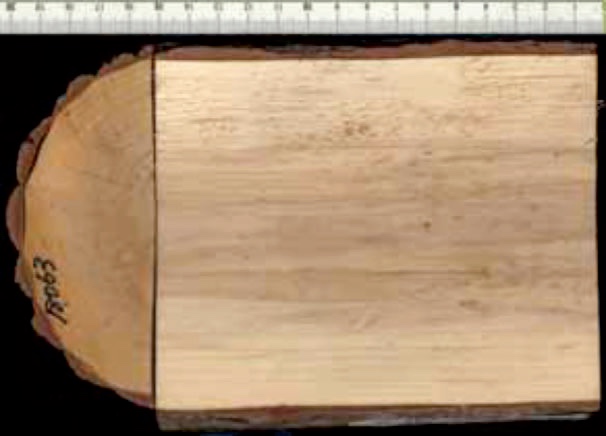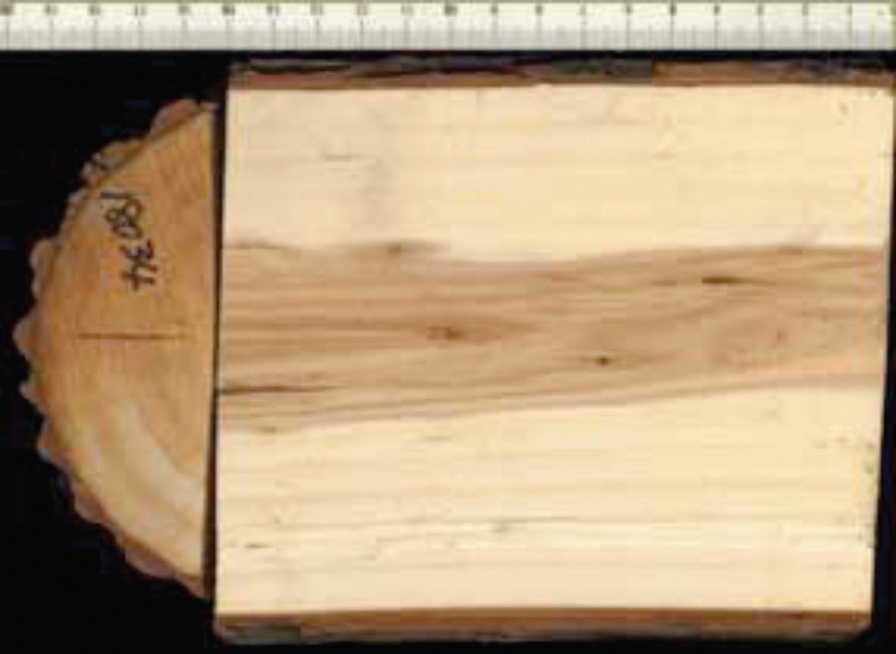Wood properties and use of poplar and willow
Ian McIvor, New Zealand Tree Grower November 2010.
The processing and use of both poplars and willows for different products are strongly influenced by their wood properties − anatomical, physical and chemical. That is why use cannot be discussed without considering specific wood properties. In addition, the overall quality of the wood has an effect on various uses.
Quality can be affected by the presence, size and frequency of growth-related defects, such as knots, spiral grain and tension wood, and by discoloured heartwood, decay or log size. These are inherent to the raw material. Finally, there are other important aspects which also play a role. These include competition from other species and other materials, quantity and price of the raw material, energy costs, technology trends and distance from markets.
Globally, about 91 per cent of the current poplar resources grow in natural forests and woodlands, six per cent is found in plantations and three per cent in agro-forestry production systems. The largest proportion of natural poplar stands occurs in Canada, the Russian Federation and the United States. China accounts for about 73 percent of the world’s total area of poplar plantations. The largest area of natural willow forest is in the Russian Federation.
Knowledge and experience in the use of poplars and willows are tilted heavily in favour of poplars because global poplar resources are far greater than willow resources. But in general, that experience can be applied to willows as well because the wood of the two is quite similar. However, willows are rarely available as large size trees in sufficient volume in natural forests or plantations. So the industrial use of willows remains relatively minor, except in South America.
The anatomical features of the wood of poplars and willows are very similar, making their positive identification and separation quite challenging. The anatomy and general wood characteristics of all poplar species including hybrids and cultivars are the same.
The grain is generally straight but there are differences between species in the texture, density, strength, wood quality traits, and sometimes the colour. Therefore information about wood density and strength properties is essential for decisions concerning wood use.




Wood density and quality
The wood density of poplar and willow is similar to that of softwoods. This comparison is mainly based on their potential for structural applications. Poplar and willow wood show high strength values in relation to their limited density. The moisture content of standing trees for poplars and willows is usually quite high.
Wood quality strongly influences both product quality and value. Determining wood quality depends on the end purpose for the wood. Researchers generally agree that density, fibre length and microfibril angle are under partial genetic control, with the inheritance of density appearing to be most strongly controlled.
Tension wood
The formation of tension wood in poplars is induced by gravity with tension wood most probably at the tree base. Tension wood appears mainly on the upper face of leaning stems and branches, although sometimes it can also form in upright stems due to internal stresses caused by sustained winds, or uneven crown.
Tension wood contains more cellulose and less lignin than normal wood. The increased longitudinal shrinkage in tension wood leads to warping in timber. On timber and veneer, tension wood causes a woolly surface seen in milling, which presents problems in drying, sanding and finishing.
Product options
Product options for the conversion and use of poplars and willows are numerous. They range from timber to veneer, plywood and composites as wood-based products, as well as pulp and paper as fibre-based products. In addition, chemicals and energy may also be produced from poplars and willows.
The wood can be used in many construction applications, as well as for containers and furniture. In addition, several new technologies and new alternative uses for poplar wood are rapidly emerging globally, especially in the engineered wood composites sector, in chemical extracts and in bio-energy. One of the major advantages of growing poplars and willows for various products is their rapid growth rate, enabling their production in relatively short rotations.

 Farm Forestry New Zealand
Farm Forestry New Zealand